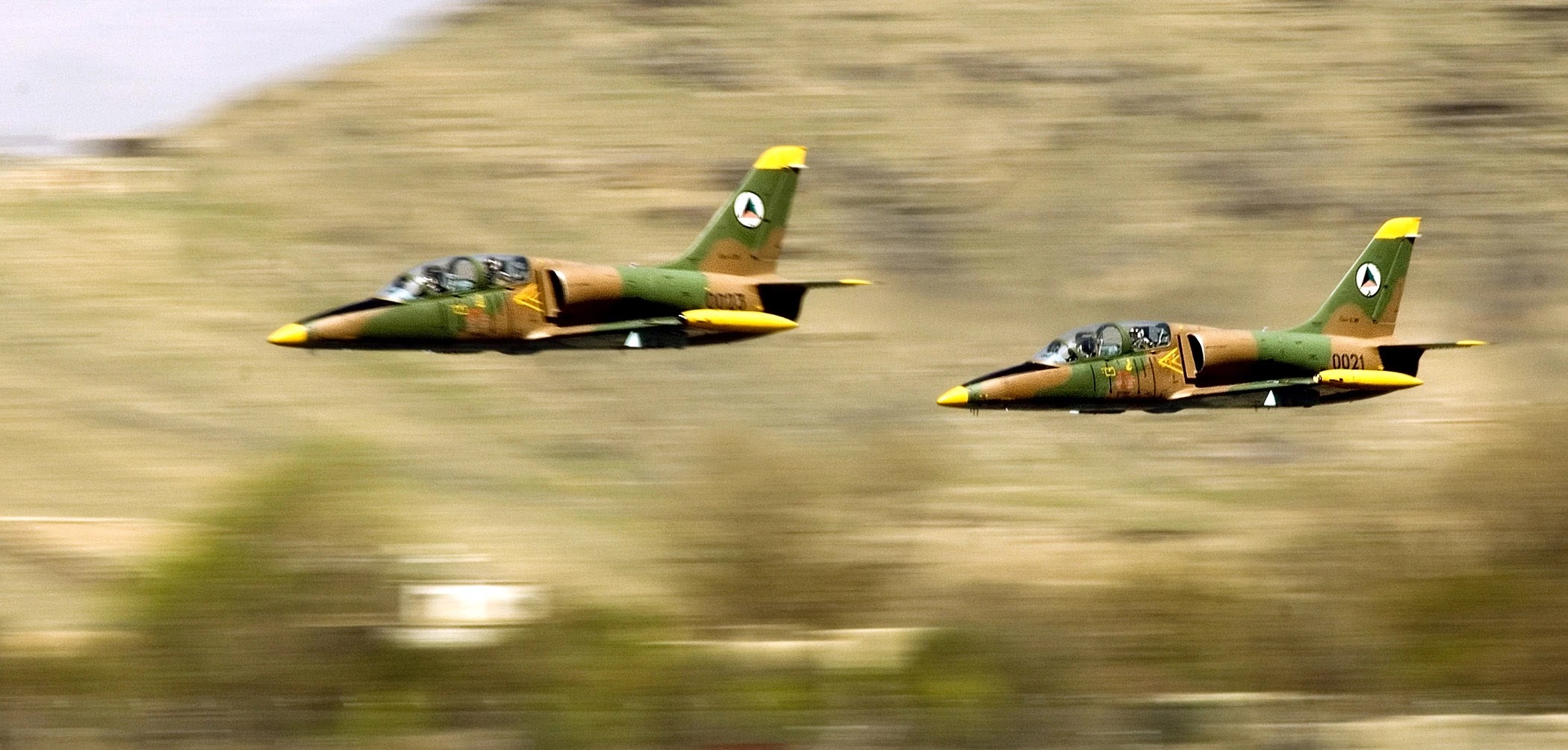,
By Lukas Müller in collaboration with Stijn Mitzer
This is an updated and expanded version of an article that was first published in the August/September 2020 newsletter of the Asian Air Arms Research Group. The article also updates information on Afghan L-39s featured in the author's book Wings over the Hindu Kush.
The Czechoslovak-made L-39 Albatros jet trainer was widely exported and enjoyed a long and successful career in service of many countries around the globe. Afghanistan received its first L-39s in 1977 with the last two examples being withdrawn only in the late 2000s or early 2010s, after at least 30 years of service. The story of Afghan L-39s might not be over yet, though: in December 2021, mechanics at Kabul airport, now under the command of the Taliban, began testing the engines of the remaining L-39s, with a clear ambition of bringing the long-grounded jets back to service. [1]








